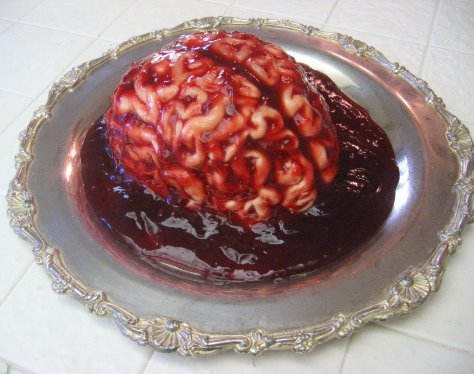1) Brain Freeze-- inspired by a Well article in the NYTimes for 11/10 on Rick Perry's Brain Freeze. You'll note that in this podcast, Dinah reads Roy's mind, and no has brain freeze from eating cold ice cream. We kind of ramble, and so what else is new? We talk about memory and attention and learning and Dinah explains why men don't take out the garbage during football games. Clink talks about the scientific phenomena of "brain overload."
2) Siri-- ah, we did this podcast right after I got my new iPhone and it was new and exciting and I was working on an article on Siri and the Psychiatrist. We ask Siri where we can buy a duck and when the world will end. Apparently we have 5 billion years. And Sigourney Weaver was 62 years, 1 month, and 5 days old at the time we recorded.
3) Prison Food-- inspired by a lawsuit in which a prisoner contends that the soy-based food being served in prison is 'cruel and unusual punishment' which caused him cramps. Clink talks about how prison food is handled. She also talks about nutrient rich Nutraloaf that can be eaten without utensils and she discusses an NPR story which includes the recipe for anyone who would like to try nutraloaf.
If you'd like to try it:
Special Management Meal
Yield - Three Loaves
• 6 slices whole wheat bread, finely chopped
• 4 ounces imitation cheddar cheese, finely grated
• 4 ounces raw carrots, finely grated
• 12 ounces spinach, canned, drained
• 2 cups dried Great Northern Beans, soaked,
cooked and drained
• 4 tablespoons vegetable oil
• 6 ounces potato flakes, dehydrated
• 6 ounces tomato paste
• 8 ounces powdered skim milk
• 4 ounces raisins
From Clink: You mispelled nutraloaf. Don't worry, I fixed it. Also, by pure coincidence today's correctional nursing topic on Lorry Schoenley's Blogtalk radio show was all about managing food allergies in corrections. For those of you who want to know what happens to inmates with peanut allergies, here it is directly from someone in the know.
Thank you for listening.
















